The old adage “a clean car runs better” may hide a profound truth. It may be that people who take the trouble to keep their car clean also take the trouble to maintain it. Or it could be that it’s easier to spot car problems if you’re looking at a clean and orderly area. In either case, making an older car look like new can pay dividends by maintaining the car’s value and increasing personal satisfaction.
It needn’t cost a lot to transform shabby into chic. As with most other do-it-yourself projects, the more elbow grease you are willing to invest, the less you’ll need to pay someone else. Here are some tips to help you go about it.
Outside appearances
The first step to getting the body looking good is to give it a thorough cleaning with car-wash soap and water. Once it’s completely dry, look over the paint surface and assess any damage you see. Note any scratches, stone chips, dings, and dents in the sheet metal.
You can touch up small scratches and chips with touch-up paint, available for a few KSH at your car dealership and at some auto-parts stores. Make sure you get an exact color match. Touch-up paint usually comes in a small bottle with an applicator brush in the lid. Otherwise, use a small, pointed artist’s brush and cover the scratch by going over it in tiny dabs. Let this paint dry for at least a day or two before polishing the car.
To remove or minimize the many fine surface scratches most cars accumulate, you can have the car professionally buffed at a body shop or car wash. This buffing will take out minor scratches and greatly improve the car’s overall appearance. But for a buff and touch-up, you can expect to spend about $200.
If you want to do the job yourself, consider polishing the car by hand if you don’t have experience using an electric buffer. Old T-shirts make good polishing cloths. If you still want to use an electric buffer, you can borrow, rent, or even buy one. Good ones start at about Ksh 3280. If you don’t know what you’re doing, though, it’s easy to mark or even burn through the paint with a buffer.
Most cars made in the past 8 to 10 years have a “clearcoat” paint finish. That means a thin color layer is coated with a thicker layer of a clear, lacquerlike coating. Whether you are polishing with a buffer or by hand, make sure the polish you use is safe for clearcoat finishes if that’s what’s on the car. You shouldn’t use the old-fashioned, abrasive polishing compounds on them.
Dent removal
Minor dents and dings in body panels can be very unsightly, but getting them fixed at a body shop can be costly. One viable alternative is so-called paintless dent removal. This type of service, which is sometimes franchised under names such as Dent Doctor and DentPro, uses special tools to massage out small dents from the inside. You can usually find a dent fixer by talking to a local mechanic or body shop, or using the Yellow Pages. Figure on paying about Ksh 4100 to make a golf-ball-sized dent disappear.
The quality of these repairs is very much dependent on the skill of the operator. Before engaging the dent-removal artist, get a recommendation from a satisfied customer or other experienced person.
Fixing window glass
It’s very common for a windshield to pick up “star” or “bull’s-eye” damage from a flying stone. Sometimes those chips are merely cosmetic annoyances, but in other cases, if left unaddressed, such damage may grow worse. As with paintless dent repair, there is a cottage industry in auto-glass repair.
A glass repairer uses a suction-cup device, tiny drills, and special sealers to fill and fix a damaged area. This can shrink the blemish from pea size to pinhead size and stop the damage from spreading. Again, figure $4100 to treat a small glass ding. Of course, if the damage is more than minor, this sort of repair won’t work and you’ll need a new windshield or side window.
Before springing for a new windshield, consult your auto-insurance policy. If you have glass coverage, the replacement is free, and usually there’s no deductible.
The inside dirt
Even neat people can live in squalor when it comes to the family car. Carpets get loaded with ingrained mud, sand, and debris. Upholstery can gather unrivaled stains from food, children, and the warehouse grit of shopping trips and general travel.
You can buy special car-interior cleaners, but for plastic surfaces you can use any hard-surface cleaner such as Fantastic or Formula 409. Once you’ve wiped, swiped, and vacuumed the inside of the car, you may still have to deal with upholstery stains.
If you tackle this job yourself, try using carpet-cleaning spray or pet-spot remover on the seats (about Ksh 492 for an aerosol can).
You may find carpeted floor mats very tough to clean. If the nap on them is still in good shape, take them to a carpet-cleaning service. Figure on paying roughly Ksh 1230 per pair. If they’re badly worn, think about getting new ones.
Ridding a car of odors can be another challenge. Various forms of dirt, such as tobacco smoke and mold and spilled food products, can sully the atmosphere in the cabin. The first step is to get all the interior fabrics clean with pet-spot cleaner or another odor-fighting cleaning product. Don’t forget to wipe down the headliner, the cloth covering inside the roof. (Make sure the fabrics are colorfast first.)
Some commercial deodorizers claim they eliminate rather than merely mask odors from mold, smoke, and other causes. Large auto-parts stores carry such products. Or you can use a familiar product like aerosol Lysol and its relatives. Clean inside the trunk and spare-tire well, too.
You can also try cleaning odors from the climate-system ducts by spritzing odor eliminator into the system’s air intake. That’s usually located beneath the hood cowl, near where the windshield wipers park. Then run the air conditioner full blast for at least 10 minutes.
Under the hood
Cleaning the outside of the engine and other under-hood components can be a knuckle-scraping, tedious chore. But it’s good to have a sparkling clean engine bay if you are about to sell the car, and your mechanic will appreciate it in any case. Consider this a nicety rather than a necessity.
If the battery terminals are growing a fuzz of white encrustation, you should clean the battery with a damp rag soaked with a solution of water and baking soda. Use a stiff toothbrush dipped in the baking-soda solution for the tough parts. (Wear eye protection and gloves when working around the battery.) You can then coat the terminals with a dialectric (non conducting) protective grease, and spray the outside of the battery with a clear sealer. Both these products are available at auto-parts stores.
You can clean engine parts with plain soap and water or with a commercial degreasing product like Gunk. Be careful, though, not to get electrical connections wet. Be particularly careful to keep water away from the fuse box, cable junctions, and the large electrical connectors near the firewall.
Steam cleaning is another way to get an engine clean. You can find steam-cleaning services at some garages and car washes. But steam cleaning can short out the car’s computer or other electrical gadgets if it’s not done with great care. The risk of damaging electronic parts has made this cleaning method a less attractive option than it used to be.
Adopted From: www.consumerreports.org/cro/cars/new-cars/news/2005/how-to-give-your-old-car-new-life-1205/overview/index.htm


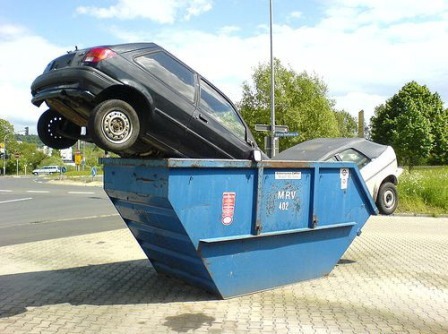


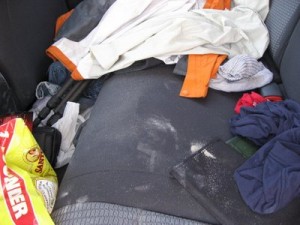
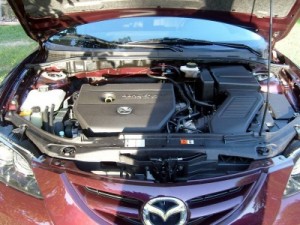
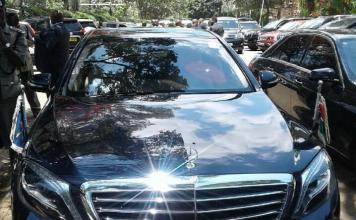
![Top 20 Used Cars to Avoid Buying in Kenya – [PHOTOS]](../../../blog/wp-content/uploads/2013/11/top-used-unreliable-cars-to-avoid2-80x60.jpg)

![Top 20 Used Cars to Avoid Buying in Kenya – [PHOTOS]](../../../blog/wp-content/uploads/2013/11/top-used-unreliable-cars-to-avoid2-100x70.jpg)



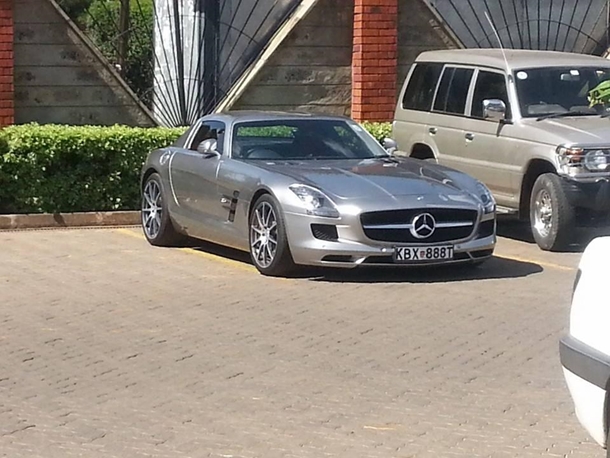




Hello Sir/Madam.
My car has a heavy deposit of grease and dirt and i have tried to use degreasers before to have it removed with very little success.
A steam enine wash would be ideal. Could you refer me to a garage/car wash that offers this service. I have heard there is one around Yaya.
Rgds
gideon,
hello, I have a crack on my windshield and was wondering if I could repair it. do happen to know a place I can do it or is it better to replace it and where.